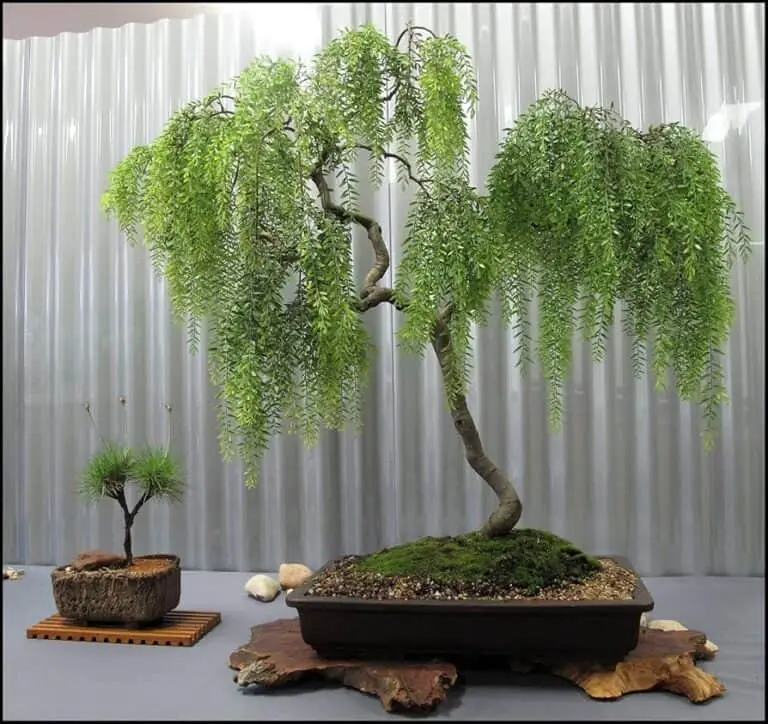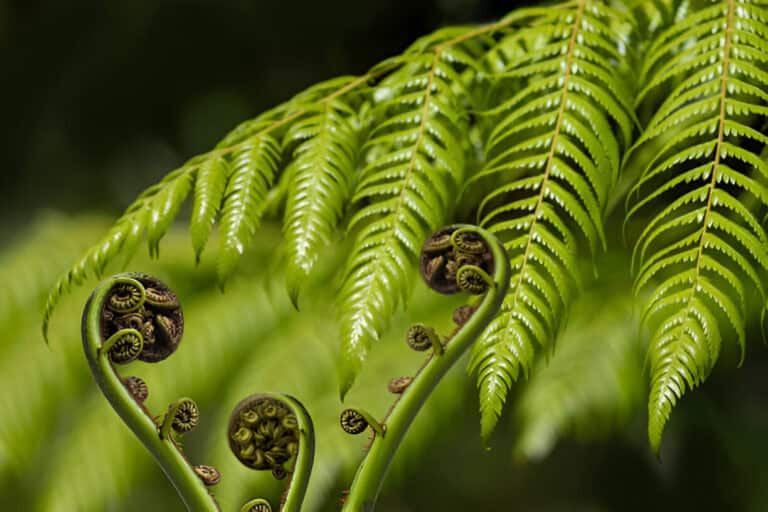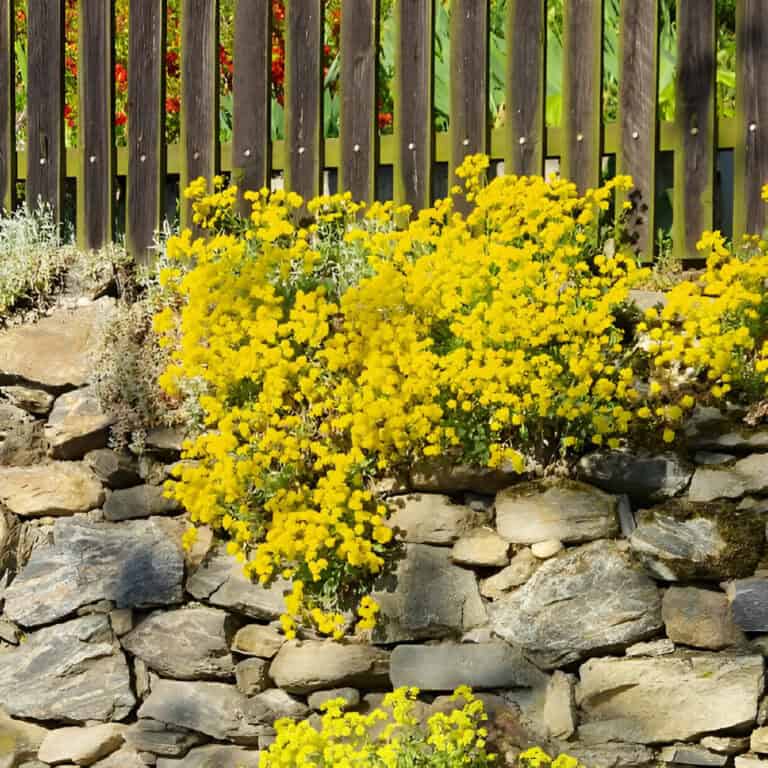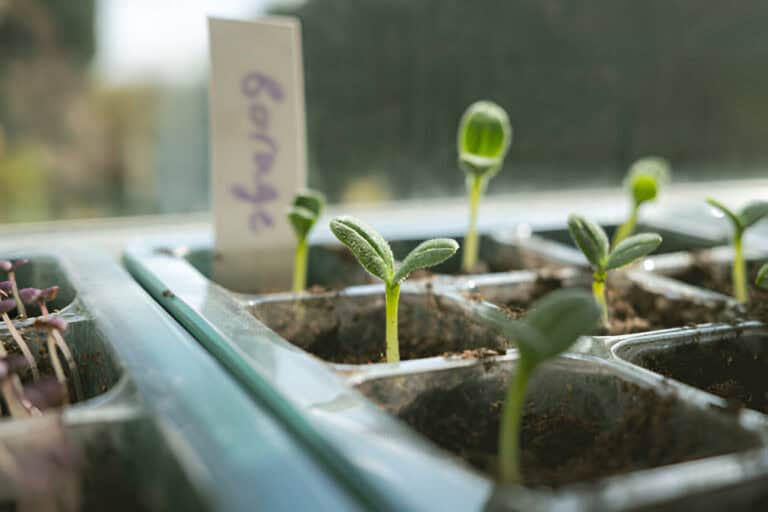Waterperry Blue Veronica (Veronica X ‘Waterperry Blue’): Plant Care and Growing Guide
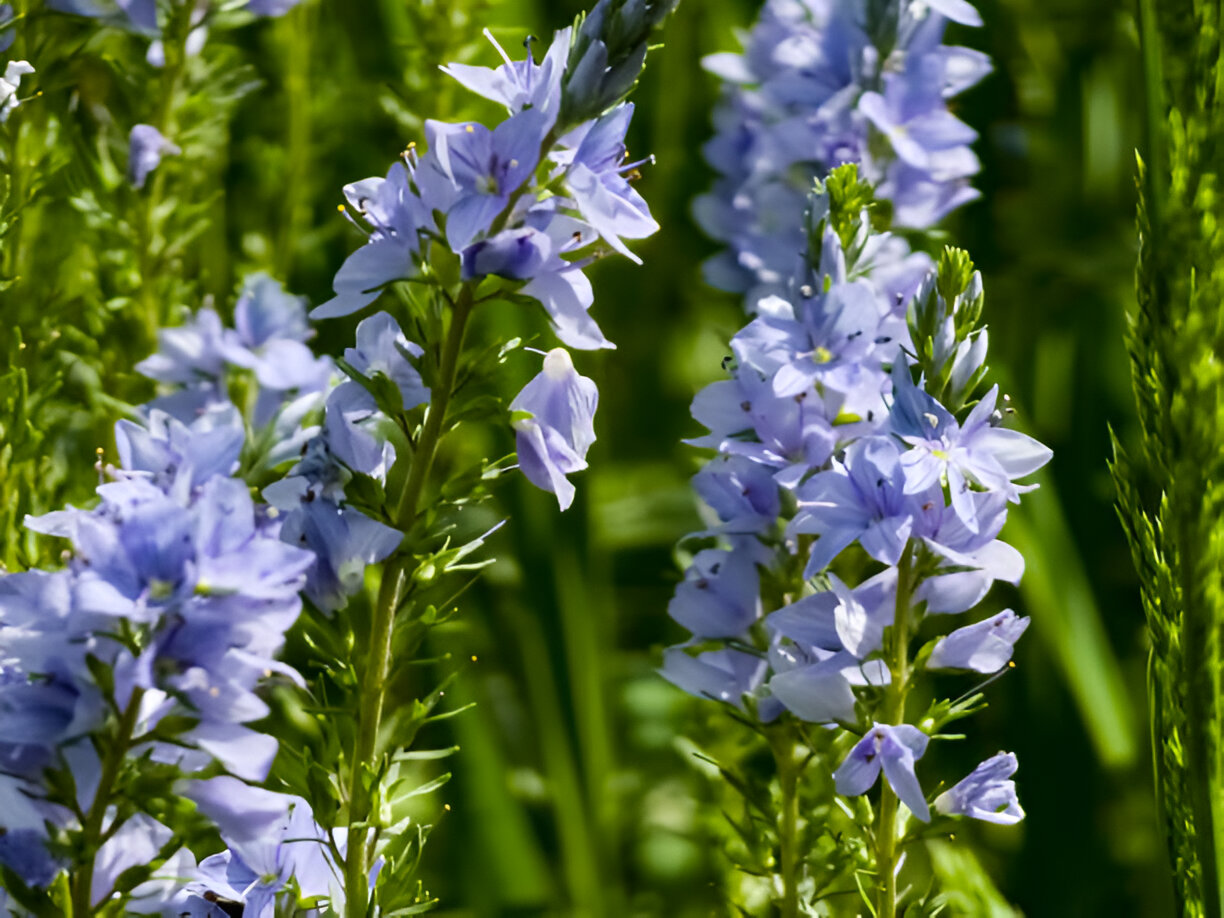
The Waterperry Blue Veronica, also called Veronica X ‘Waterperry Blue’ or Speedwell ‘Waterperry Blue’, is a popular perennial plant. Gardeners around the world appreciate this plant for its charm.
This perennial is known for being low maintenance and growing at a moderate pace. It will likely brighten your home or garden with its green leaves. But, only if you learn how to take proper care of it for it to thrive.
This is why all the topics you need to know in order to achieve this will be covered in this Waterperry Blue Veronica Care Guide. Ready? Let’s go!
Unique Characteristics of Waterperry Blue Veronica
The Waterperry Blue Veronica is loved for its stunning blue flowers that bloom generously from spring through fall. These delicate blossoms add a cheerful splash of color to garden edges, rock gardens, and pathways. Their sky-blue hue stands out beautifully against green backdrops.
This plant also boasts lush, glossy green foliage that forms a dense mat. Its leaves stay attractive even when not in bloom, providing year-round interest. The low-growing, spreading habit makes it an excellent ground cover that softens hard edges in the landscape.
Key Features:
- Profuse sky-blue flowers
- Attractive green foliage
- Spreads neatly along borders
| Growth Specs | Details |
| Height | 4–6 inches |
| Spread | 12–18 inches |
| Growth Habit | Creeping, mat-forming |
With its easy care and compact size, Waterperry Blue Veronica is a versatile addition to any garden design.
The fundamental caring guidelines for every Waterperry Blue Veronica can be summed up into the following:
- Water: The Waterperry Blue Veronica needs soil that is constantly moist through regular watering.
- Light: Keep your Veronica X ‘Waterperry Blue’ in an environment where it can receive partial to full sun on a daily basis.
- Soil: Keep the Waterperry Blue Veronica in moist, well-draining soil. It should ideally be a mix of sand, chalk, and loam.
To keep your Waterperry Blue Veronica healthy, remember these three care factors.
Waterperry Blue Veronica’s Scientific / Botanical Aspects
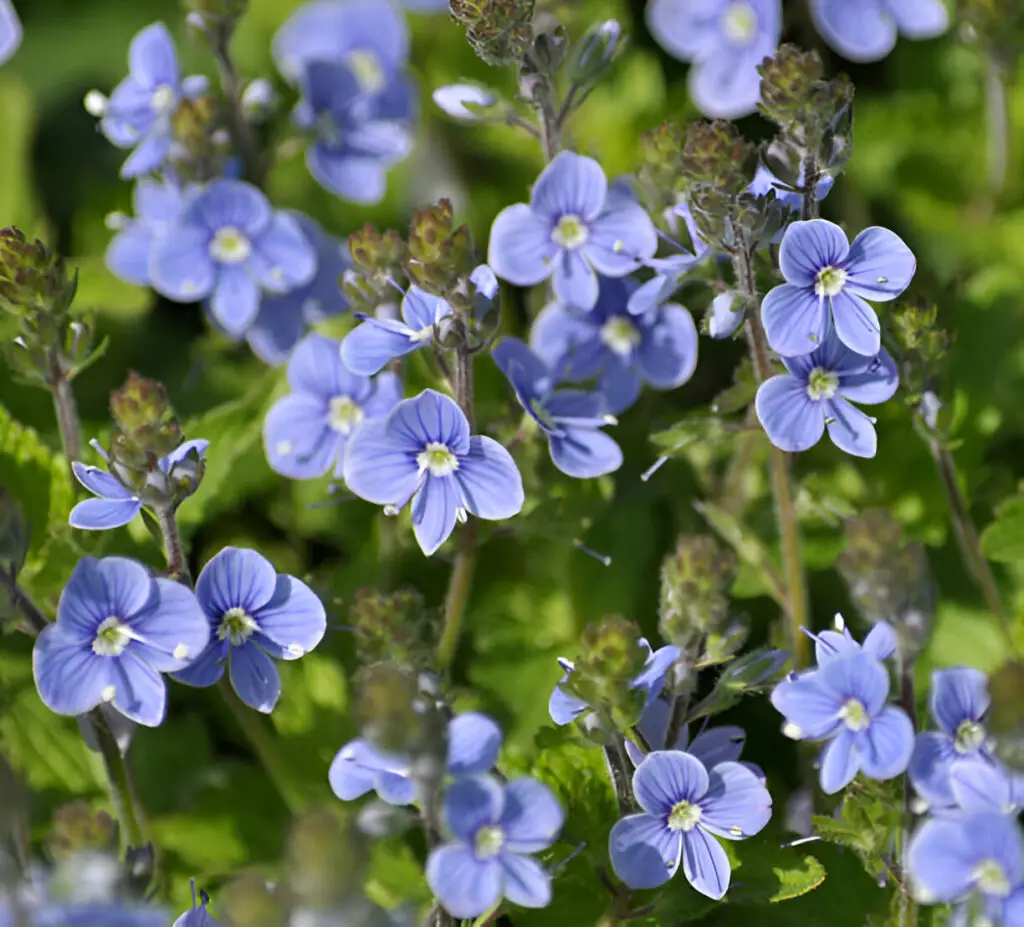
The Waterperry Blue Veronica is a plant in the Ericaceae family. It belongs to the genus Vaccinium and the species Pallidum. This gives it the scientific name Veronica X ‘Waterperry Blue’.
Other common Ericaceae species include Vaccinium Angustifolium, Scottish Heather ‘Aphrodite’, Pieris X ‘Brouwer’S Beauty’ and Picea Abies Pumila’.
As with other Vaccinium’s, the Waterperry Blue Veronica is a herbaceous plant, which means it will die back to the ground every year.
Growing Region
The Waterperry Blue Veronica is a plant native to the Eastern and central North America.
You might be wondering why your Waterperry Blue Veronica’s native region is important. The Waterperry Blue Veronica is a plant in the Ericaceae family. It belongs to the genus Vaccinium and the species Pallidum. This gives it the scientific name Veronica X ‘Waterperry Blue’.
The Veronica X ‘Waterperry Blue’ thrives best in regions with hardiness levels from 5a to 9b. It prefers climate zones ranging from 2 to 21, including 2A, 2B, 3, 3A, 3B, 4, 5, 6, 7, 8, 9, 14, 15, 16, 17, 18, 19, and 20.
Growth and Size
Growth
The Waterperry Blue Veronica grows at a moderate pace. This makes it easier for plant lovers to care for.
Size
But, what size of Waterperry Blue Veronica are we talking about? What can you expect in terms of height, spread and spacing? Let’s dig in…
The Veronica X ‘Waterperry Blue’ can grow up to 4″ – 5″ (10cm – 12cm) in 4″ – 5″ (10cm – 12cm) and 1′ – 2′ (30cm – 60cm) in 1′ – 2′ (30cm – 60cm).
The Waterperry Blue Veronica is a medium perennial. Keep this in mind when deciding where to place it in your home.
This is why experts recommend keeping an area of approximately 12″ – 15″ (30cm – 37cm) free so the Waterperry Blue Veronica can spread to its best extent.
Watering Blue Veronica (Veronica X ‘Waterperry Blue’)
In terms of watering, the Waterperry Blue Veronica is a fairly complicated plant to take care of.
This is mostly because it has a not so straightforward watering schedule and somewhat regular watering needs.
Specifically, most experts agree that the Veronica X ‘Waterperry Blue’ needs soil that is constantly moist through regular watering.
Which is why it is considered a plant with relatively average needs in terms of water.
Keep your Waterperry Blue Veronica in soil that is moist but drains well. This ensures your plant has the right conditions to grow and thrive.
Choose soil with good drainage and dry properties. This helps maintain the right moisture levels at all times.
Based on our experience, the well-known ‘thumb’ or ‘finger’ test works best for the Waterperry Blue Veronica. This method helps you give it the right amount of water each time. It doesn’t matter where you place the plant or the environment.
Soil Mix
The Waterperry Blue Veronica likes well-drained soil. It should also be slightly dry. To achieve this, mix sand, chalk, and loam.
Most experts agree that Waterperry Blue Veronica needs soil with clay, loam, and sand. This mix provides the right conditions for the plant.
In addition to this, expert gardeners recommend having preferably alkaline, acid or neutral soil.
Light and Exposure
In terms of light & exposure, the Waterperry Blue Veronica requires partial to full sun in order for it to thrive under the right conditions.
Most experts agree that this perennial will do well as long as you keep it in full sun, and it will be able to grow properly.
We recommend placing your Veronica X ‘Waterperry Blue’ in full or deep shade, with no direct sunlight or just 2 hours a day. Alternatively, it can handle little to partial shade, receiving 2 to 6 hours of direct sunlight daily.
Season
Being a herbaceous plant, the Waterperry Blue Veronica will die back to the ground every year.
But, you can expect it to have its ‘prime-time’ during the spring (late), the summer (early, mid, late), and during the fall.
Flowers
You can expect your Waterperry Blue Veronica to flower around the spring months from April to June (spring).
This perennial is famous for its cut flowers and its striking blooms, especially among plant lovers.
The Waterperry Blue Veronica produces some beautiful blue, or white flowers around this time of year.
Foliage
The leaves from the Waterperry Blue Veronica have a beautiful green color during most of the year.
In particular, they have a simple arrangement with a alternate organization in its leaves.
You can expect the leaves from your Veronica X ‘Waterperry Blue’ to be around (1-3 inches) in size.
Attracts, Tolerance and Resistance
The Waterperry Blue Veronica is known for handling visitors like rabbits and deer. So, if they show up, your Veronica X ‘Waterperry Blue’ will be just fine.
Companion Plants for Waterperry Blue Veronica
Pairing Waterperry Blue Veronica with the right plants can enhance your garden’s beauty. It also keeps things interesting throughout the year.
Consider planting it with Coreopsis, Salvia, or Lavender to create a colorful blend of blues, purples, and yellows. These plants thrive in similar conditions and complement the Veronica’s soft blue blooms.
Tips for Companion Planting:
- Choose plants with similar sunlight and soil needs
- Mix heights and textures for depth
- Use perennials that bloom at different times
| Companion Plant | Benefit |
| Coreopsis | Bright color contrast |
| Salvia | Attracts pollinators |
| Lavender | Adds fragrance and texture |
By planning thoughtful pairings, you’ll enjoy a vibrant, cohesive garden that changes beautifully with the seasons.
Garden
Does your Waterperry Blue Veronica have any garden recommendations? Does it serve any gardening purposes? Here’s how you can get the most out of your new plant.
Most Veronica X ‘Waterperry Blue’ owners agree that this perennial will look great in most cottage and rustic gardens of all types.
Other owners consider that they complement well most gardens of gravel and rock garden, and in informal and cottage styles.
The Waterperry Blue Veronica works best in various spots in your garden. You can plant it in ground covers, beds, borders, or as edging. It’s also great for patios and containers. Some people use it in cutting gardens, for firescaping, or in rock gardens.
Conclusion
We shared lots of care tips for your Waterperry Blue Veronica. But remember the basics: sunlight, soil, and water. These are key to growing a healthy plant at home.

